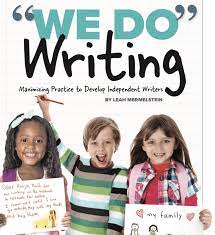Introduction
In today’s world of technology and rapidly expanding digital resources, engaging students in reading can be a tough challenge. One way to foster a love for reading among middle and high school students is by offering more student choice. This article will explore five strategies that have proven successful in engaging readers by giving them the freedom to pick their own literary adventures.
1. Create a diverse reading library
A well-stocked classroom library with books inclusive of multiple genres, perspectives, and cultures can pique the interests of even the most reluctant readers. By assembling an array of titles suitable for various reading levels and genres, you provide students with the opportunity to explore themes and topics that speak to their personal interests and life experiences. Encourage students to recommend titles they have enjoyed so that others can benefit from their enthusiasm.
2. Offer various reading formats
Some students prefer physical books while others might enjoy digital or audiobooks. Cater to each individual’s reading preferences by offering multiple formats in your classroom library. E-books and audiobooks are especially helpful for students with learning differences or those who struggle with text-based content, as they provide an alternative means to engage with stories.
3. Implement regular silent reading periods
Carve out time in your weekly schedule for sustained silent reading (SSR) – during which students can choose the book they want to read from your classroom library (or bring their own). Allowing students dedicated time during class hours for independent reading sends the message that it is a priority and helps develop a culture where reading is valued.
4. Allow self-selected book clubs
Instead of assigning specific titles for group discussions, encourage students to form book clubs around self-selected books. Give them the option to choose from multiple titles at different times throughout the year, allowing for discussions with peers who share common interests or varying viewpoints on different themes. The ownership of selecting their book and participating in an accountable talk builds investment in the reading experience.
5. Incorporate student choice into assignments
Students are more likely to engage with literature if they are given a say in the material. Create projects that give students the freedom to choose their books within certain parameters, such as themes, genres, or time periods. You can also encourage students to explore their interests by crafting assignments that require them to analyze different aspects of their chosen readings – from complex characters to various perspectives on societal issues.
Conclusion
Offering more student choice when it comes to reading can inspire middle and high school students to become avid readers and lifelong learners. By providing a diverse library of inclusive titles, catering to different formats, implementing regular reading periods, encouraging self-selected book clubs, and allowing for choice in assignments, educators can create classroom environments where students are excited about the world of literature and feel empowered by their own freedom of choice.










